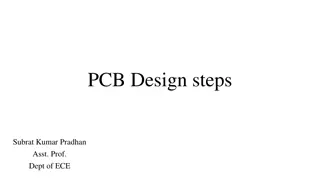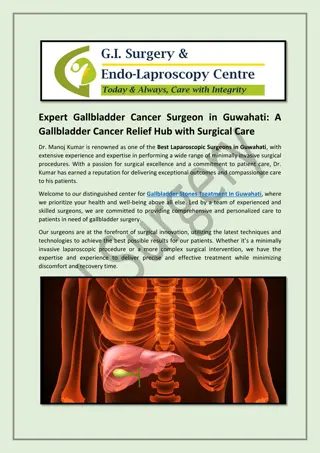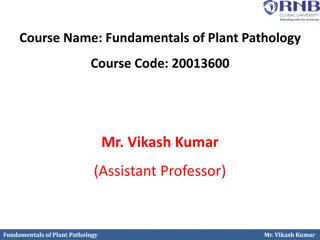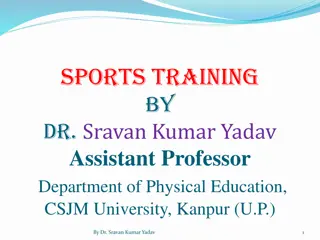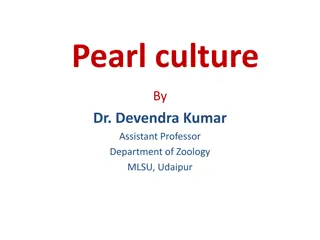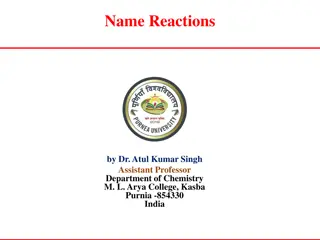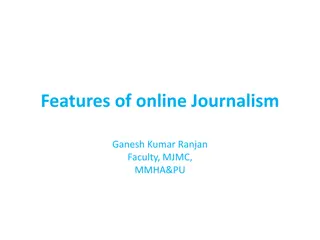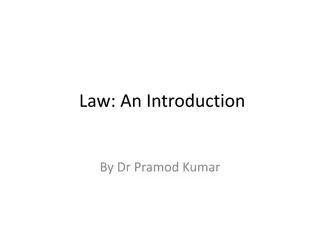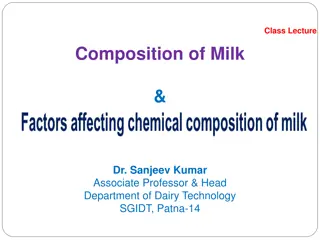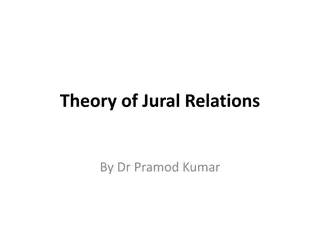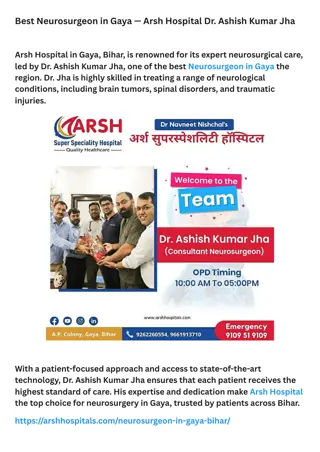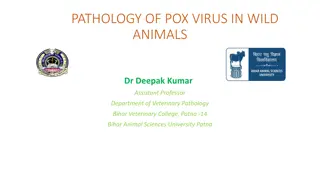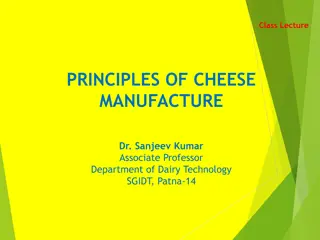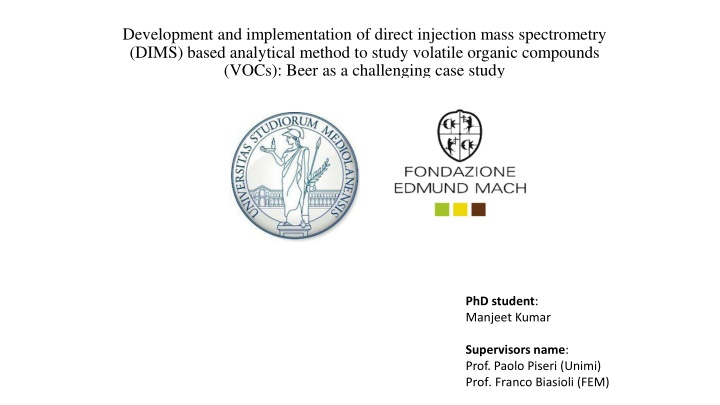
Direct Injection Mass Spectrometry for Studying VOCs in Beer
"Explore the significance of Volatile Organic Compounds (VOCs) in beer through Direct Injection Mass Spectrometry (DIMS) methods. Understand the challenges and benefits of studying VOCs, their presence in foods, and their impact on health and the environment."
Download Presentation

Please find below an Image/Link to download the presentation.
The content on the website is provided AS IS for your information and personal use only. It may not be sold, licensed, or shared on other websites without obtaining consent from the author. If you encounter any issues during the download, it is possible that the publisher has removed the file from their server.
You are allowed to download the files provided on this website for personal or commercial use, subject to the condition that they are used lawfully. All files are the property of their respective owners.
The content on the website is provided AS IS for your information and personal use only. It may not be sold, licensed, or shared on other websites without obtaining consent from the author.
E N D
Presentation Transcript
Development and implementation of direct injection mass spectrometry (DIMS) based analytical method to study volatile organic compounds (VOCs): Beer as a challenging case study PhD student: Manjeet Kumar Supervisors name: Prof. Paolo Piseri (Unimi) Prof. Franco Biasioli (FEM)
Outline Volatile Organic Compounds (VOCs) Importance of VOCs VOCs in foods VOC Measurement Methods Gas Chromatography (GC) Direct Injection Mass Spectrometry (DIMS) Case Study: Beer Challenges Prospective
Volatile Organic Compounds (VOCs) VOCs are organic chemicals that easily vaporize at room temperature. VOCs are present in our daily lives and can be toxic. VOC's are naturally emitted by a number of plants and trees. VOCs are also emitted from burning of fuels, wood, biomass, etc. Some VOCs can be hazardous to health and the environment.
VOCs play important role in different fields Environment Biogenic, abiotic and artificial VOCs are involved in many processes of relevance for atmospheric chemistry: Greenhouse effect Aerosol formation Ozone Health Air quality (indoor and outdoor) Breath analysis Groundwater analysis Foods VOCs give rise to aroma and are fundamental in making food enjoyable to eat. VOCs can be used as non invasive markers for food control or process monitoring.
VOCs in foods and drinks VOCs give rise to Flavour andAroma. Migrants from packaging. VOCs are also emitted from microbial action, fermentation, spoilage, food processing etc. VOCs released during food decay (shelf life etc.).
Reference methods to study VOCs Gas Chromatography (GC) has been widely used within food quality and safety for: Analysis of target compounds Target and non-target metabolomics Profiling of volatile compounds Pros: GC provides higher separation efficiency and can be combined with mass spectrometry for accurate identification. Cons: Typically slow, needs sample pretreatment to achive enough sensitivity Limited to thermally stable analytes. GC
Direct Injection Mass Spectrometry (DIMS) methods Recently proposed DIMS based method (SIFT-MS, PTR-MS and APCI etc.) are more rapid and provide higher sensitivity. These methods find applications in different fields: Environmental monotoring/atmospheric chemistry/air quality Health applications Food science and technology Bioprocess monitoring Pros: Provide high-throughput , non-invasive, non-destructive and highly-sensitive analysis of VOCs. Cons: Typically only tentative compound identification.
PTR-MS Proton transfer reaction-mass spectrometry (PTR-MS) is a new and emerging DIMS technique for the measurement and monitoring of volatile organic compounds (VOCs). PTR-MS is an analytic technique uses gas phase ?3?+ion as a principle ion source. ?3?++ M M?++ ?2? Pros &Cons Low fragmentation compared to electron ionization (EI). Low limits of detections (~10 pptv) VOCs can be monitored quantification. Ability to analyse complex VOC mixtures. Poor selectivity and identification capabilities. on-line, real-time PTR-MS
Case study: Beer Beer: Complex composition containing CO2, ethyl alcohol, several inorganic salts and a blend of more than 800 organic compounds. Beer also contains minerals, vitamins and fibres. Beer ingredients: Barley malt Yeast Water Hops To ensure the quality of the beer: Elements in the beer are tested for characteristics, quality (Flavour, aroma and colour) and contamination. Heavy metals and inorganic contaminants in water Yeast classifications Inorganic and organic contaminates (pesticides etc.) in hops. Concentration of carbon dioxide. Monitoring and control some chemical elements.
Main challenges in the proposed Project Individual VOC components require high sensitivity for their identification and quantification which is quite challenging. In this study main challenges come from: Complexity of the mixture, difficult for any separative method and from the high ethanol content, that deplete the primary ion signal. Chemical transformation, interaction among various compounds and disparity in flavour sensation. Complexity of different food matrices and its influence in the flavour perception. Difficult to model and visualize the complex relationship between chemical composition and flavour perception.
Aim of the PhD project To Improve the efficiency of ptr-ms by: Improving sensitivity, throughput and analytical efficiency without losing analytical performances. Improving sampling techniques which lessen the risk of loosing most volatile components. Improve data analysis software/data base for PTR-MS. Refine analytical capability to track concentrations that rapidly change in time. Improving specificity by the implementation of a fast GC and ion funnel tools. Dependence of sensitivity and fragmentation on ethanol concentration. Define a reference data base for interesting compounds (fermentation, reaction constants estimation, dependence of fragmentation on experimental parameters as drift tube voltage etc). Enhance ion focusing methods (e.g. Ion simulations SIMION) Verify the method On Beer as a challenging case study
Prospective Rapidly increasing role of MS in physical, chemical and biological sciences has lead to the improvement in the design to enhance the sensitivity of MS. To achieve the higher sensitivity, ions created at higher pressures must be transmitted with high efficiency in MS. Issues to be addressed: Most of the ions lost before ions reach the detector in different vacuum stages. High rate of collisions prevent effecting focusing. My focus will be: To reduce ion losses, improve ion focusing and hence the sensitivity of MS. Improvement in the ionization techniques (manage fragmentation). Improvement in the software for fast-GC and ion funnel.





